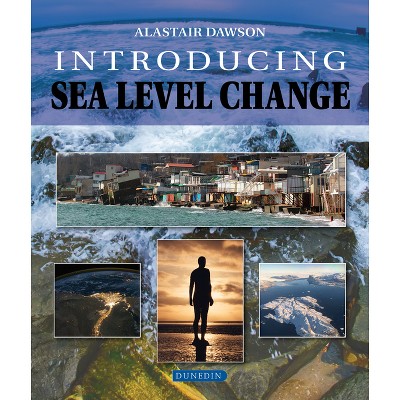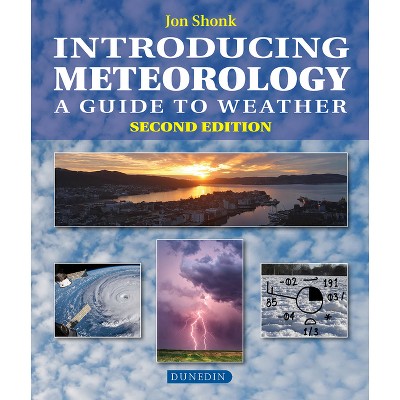Introducing Stratigraphy - (Introducing Earth and Environmental Sciences) by Paul Lyle (Paperback)

About this item
Highlights
- Stratigraphy is the branch of geology which studies rock layers (strata) and layering (stratification).
- About the Author: Paul Lyle has retired from his post as a lecturer in geology at the University of Ulster at Jordanstown and devotes his time to writing on geological issues.
- 144 Pages
- Science, Earth Sciences
- Series Name: Introducing Earth and Environmental Sciences
Description
About the Book
A concise, highly illustrated introduction to stratigraphy, the study of rock layers and layering. It is used in the study of sedimentary and layered volcanic rocks and is a key component of the search for fossil fuels.
Book Synopsis
Stratigraphy is the branch of geology which studies rock layers (strata) and layering (stratification).Stratigraphy deals primarily with sedimentary rocks but also embraces layered igneous rocks where layers result from successive lava flows.A common goal of stratigraphic studies is the interpretation of sequences of rock strata, thus understanding the time relationships involved, and correlating units of the sequence with rock strata elsewhere. Nicholas Steno described four principles of stratigraphy in the seventeenth century, including the law of superposition which states that states that, in undeformed stratigraphic sequences, the oldest strata will be at the bottom of the sequence. These ideas still underpin modern stratigraphy which is governed by The International Commission on Stratigraphy. Its primary objective is to precisely define global units (systems, series, and stages) of the International Chronostratigraphic Chart that, in turn, are the basis for the units (periods, epochs, and age) of the International Geologic Time Scale.Stratigraphy has application in many scientific fields, including archaeology, palaeontology and in the search for natural resources. This succinct and accessible introduction to stratigraphy will prove helpful to students and amateur geologists alike.
Review Quotes
'In this book Paul Lyle is able to draw on his considerable experience of field geology. aided by lots of good photographs. diagrams and maps, to make this an enthralling read! Dunedin have employed a fairly large format for this book and the resultant pages are well designed and allow for large illustrations, meaning that it isn't too text heavy.
Paul obligingly starts with a definition of stratigraphy and sets it into a historical setting that helps the reader to understand the importance of the principles of time and strata. Due deference is paid to James Hutton and his appreciation of deep time. especially at the 'holy grail' of Siccar Point.
Only by going down this historical road can the various potential pitfalls of the construction of the geological timescale be appreciated. This is one of those cases where an example serves well to illustrate the problems and Paul chooses the Cambrian-Silurian controversy that was eventually solved by Charles Lapworth when he gave us the Ordovician.
The pioneers came in two camps, the catastrophists and those who believed in the principle of uniformitarianism. Paul shows how these opposing views can be reconciled. The subject of absolute dating is dealt with in a way that enables everyone to understand what can be a difficult subject for those without much scientific background.
For me. the best part of this book is a long chapter that examines the stratigraphic column from beginning to end on a world wide scale. So far as I know that has never been done in a popular book before and it's long overdue!
This is followed short chapters that introduce us to stratigraphic units and the -golden spike' and the applications of stratigraphy. This is surely a reminder that stratigraphy isn't just about historical geology, it's a live part of our science. especially in the search for hydrocarbons and in climate studies.
This book fills a very large hole in popular Earth science publishing that has existed for many years. Go out and buy it!' Down to Earth
- -About the Author
Paul Lyle has retired from his post as a lecturer in geology at the University of Ulster at Jordanstown and devotes his time to writing on geological issues. His previous book for Dunedin, The Abyss of Time, won the ASE Science Book of the Year Award 2016.











